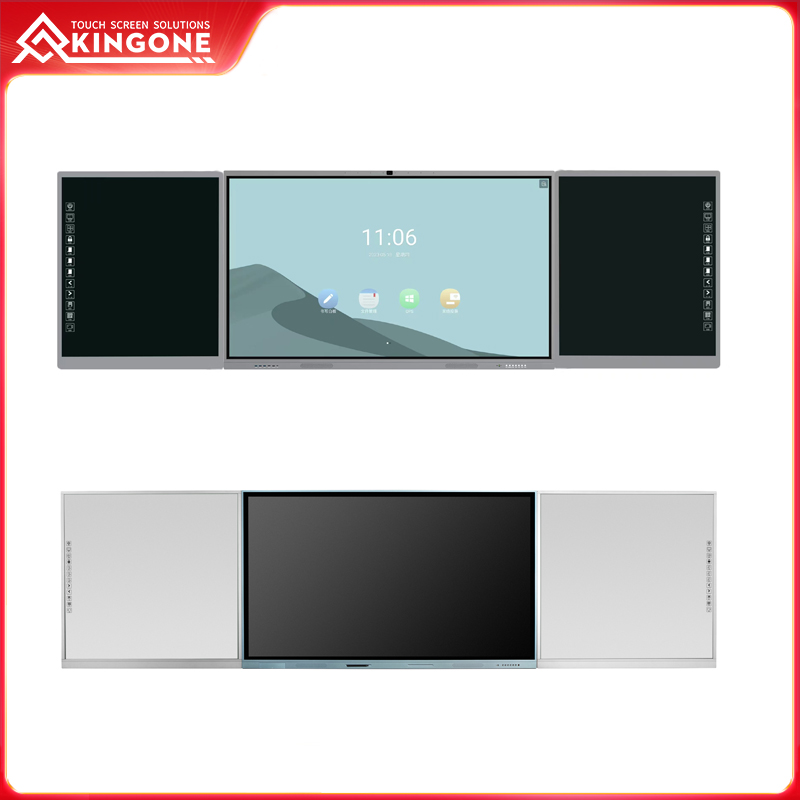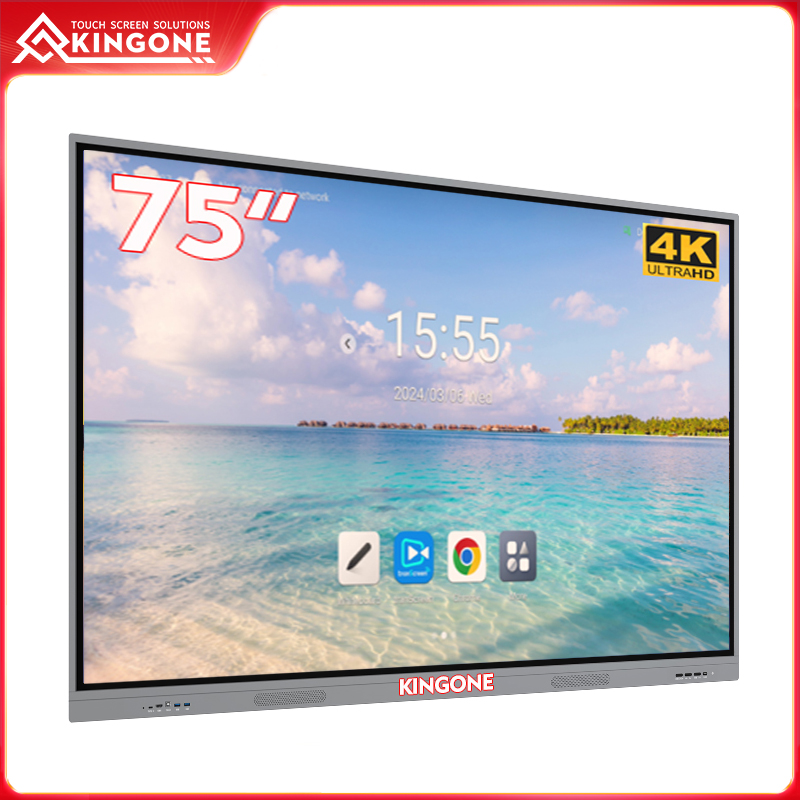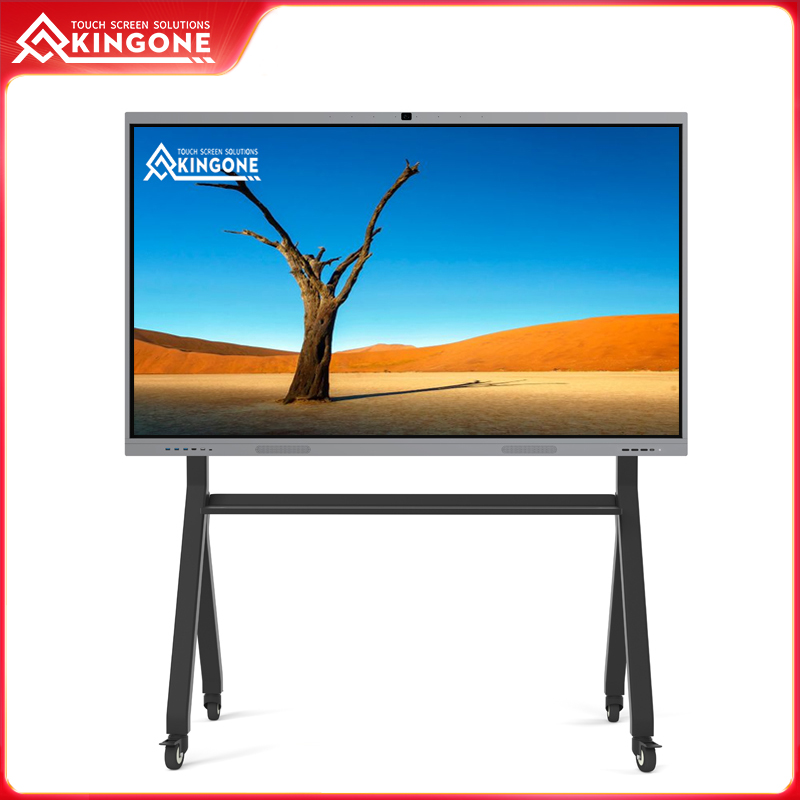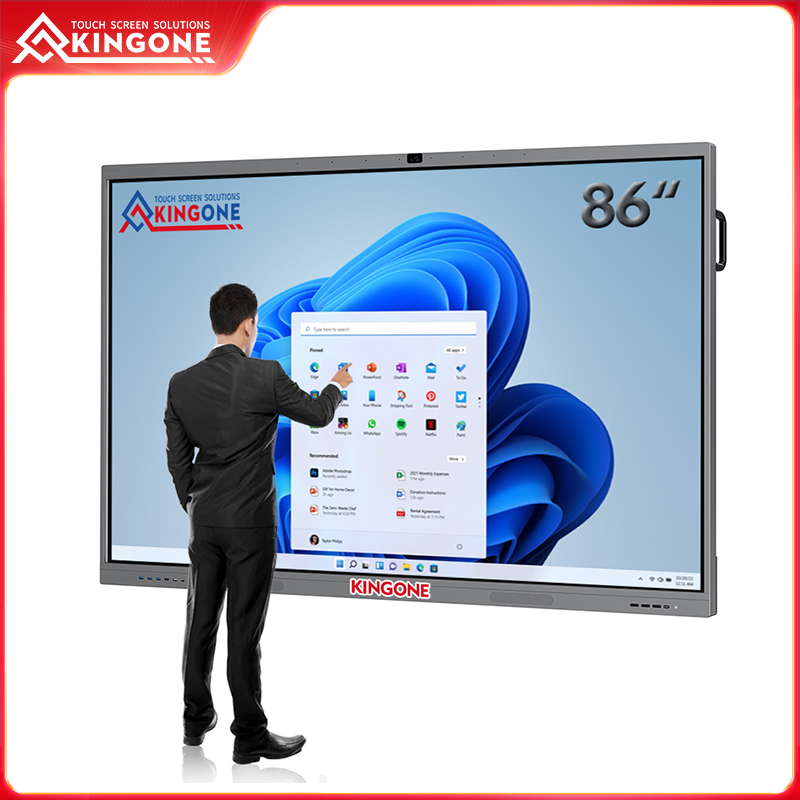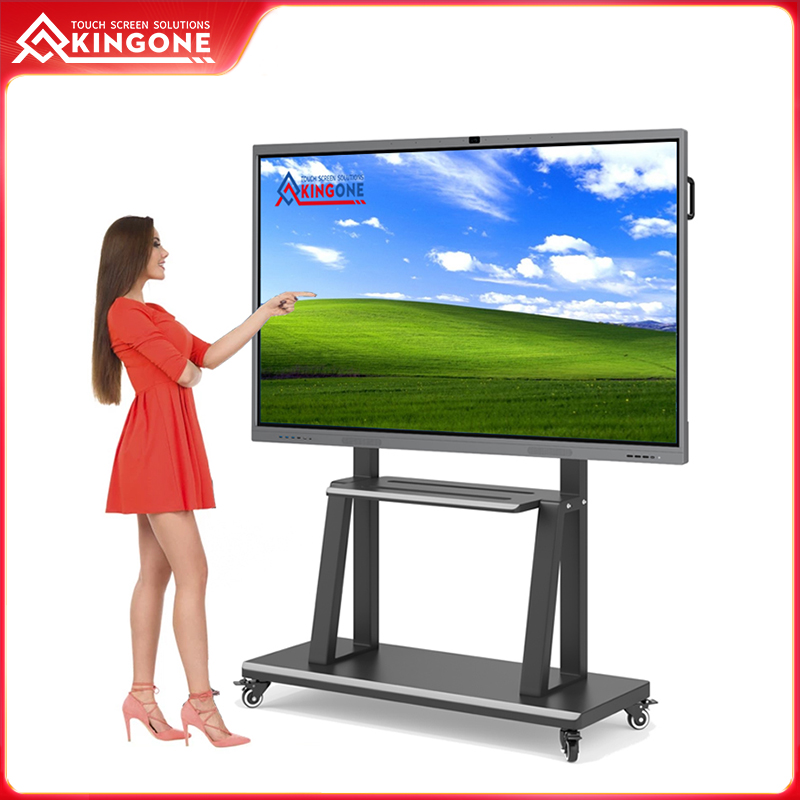How can interactive whiteboard manufacturers improve teaching effectiveness?
Published:
2023-07-05 16:01:42
Interactive whiteboard manufacturers play a crucial role in improving teaching effectiveness.
Exploring the Key Steps towards Improved Teaching with Interactive Whiteboards
Interactive whiteboards have revolutionized classroom teaching by fostering greater student engagement and interactivity. However, for these benefits to be maximized, it is critical for interactive whiteboard manufacturers to continuously strive to improve their products. In this article, we will delve into four key areas where manufacturers can enhance the teaching effectiveness of interactive whiteboards.

1. Enhancing User-Friendliness and Ease of Operation
Ensuring that interactive whiteboards are user-friendly for both teachers and students is paramount. Manufacturers should focus on simplifying the setup process and creating intuitive interfaces. This includes providing comprehensive user manuals and offering easily accessible technical support. By reducing the learning curve associated with using interactive whiteboards, teachers can invest more time in teaching and less time in troubleshooting.
2. Improving Integration with Educational Software and Applications
Interactive whiteboards are most effective when seamlessly integrated with educational software and applications. Manufacturers should collaborate with software developers to ensure compatibility and optimize performance. Furthermore, by offering a wide range of educational tools and resources, manufacturers can empower teachers to incorporate various teaching methods and cater to diverse learning styles.
3. Enhancing Multi-Touch Functionality and Responsiveness
Multi-touch functionality allows multiple users to simultaneously interact with the whiteboard and promotes collaborative learning. Manufacturers should invest in improving touch sensitivity and responsiveness to ensure smooth and accurate interaction. This will enable teachers and students to effortlessly manipulate content, annotate, and collaborate in real time, fostering a dynamic and engaging classroom environment.
4. Promoting Connectivity and Wireless Capabilities
Interactive whiteboards should seamlessly connect with a variety of devices such as laptops, tablets, and smartphones. Manufacturers should prioritize wireless connectivity options to eliminate the hassle of cables and facilitate quick and easy content sharing. Moreover, by incorporating cloud-based storage and collaboration features, interactive whiteboards can enable teachers and students to access and share resources from anywhere, further enhancing teaching effectiveness.
In conclusion, interactive whiteboard manufacturers play a crucial role in improving teaching effectiveness. By focusing on user-friendliness, integration with educational software, multi-touch functionality, and connectivity, manufacturers can empower teachers to create more engaging and interactive learning experiences. Ultimately, these efforts will contribute to better educational outcomes for students.
 English
English

